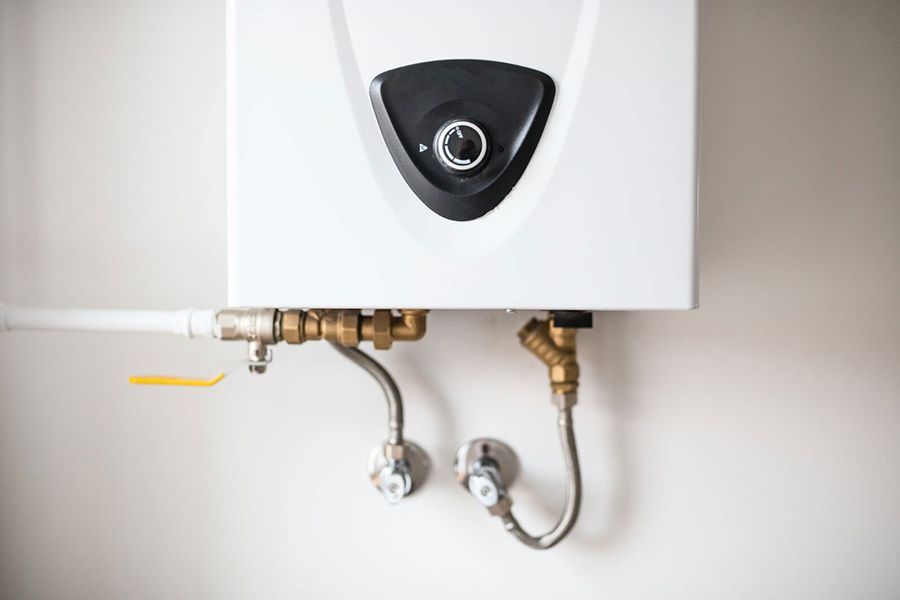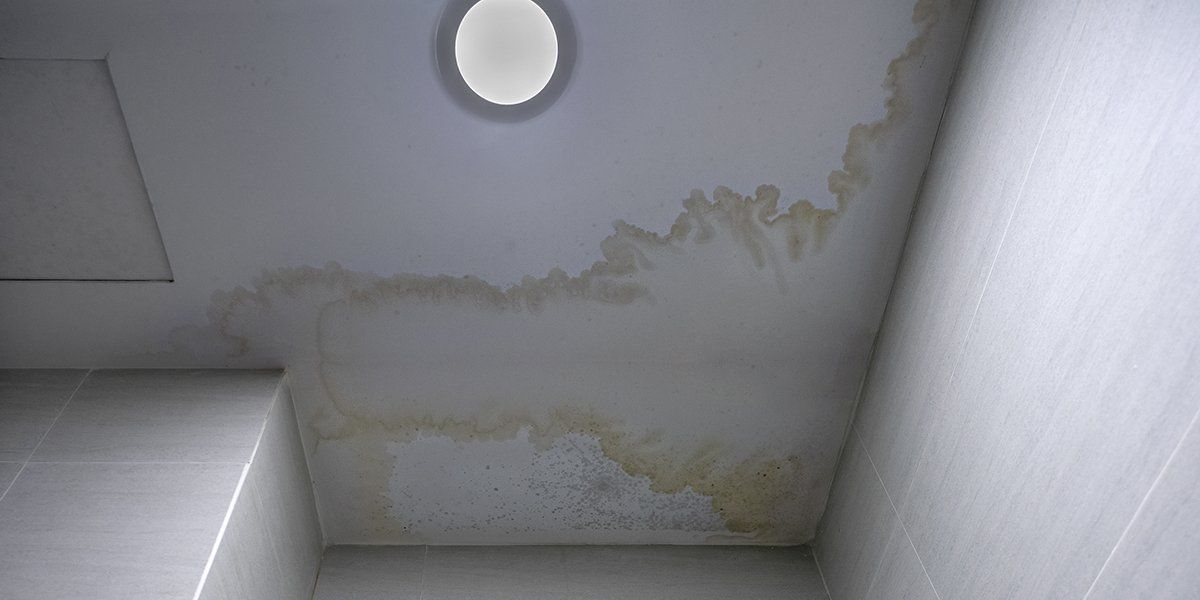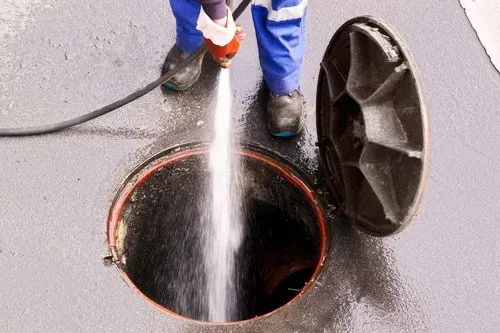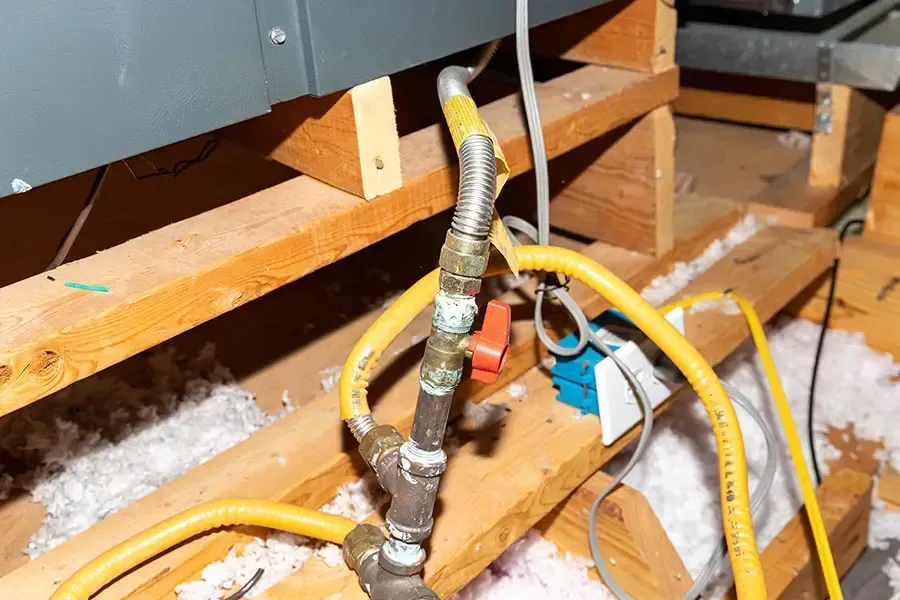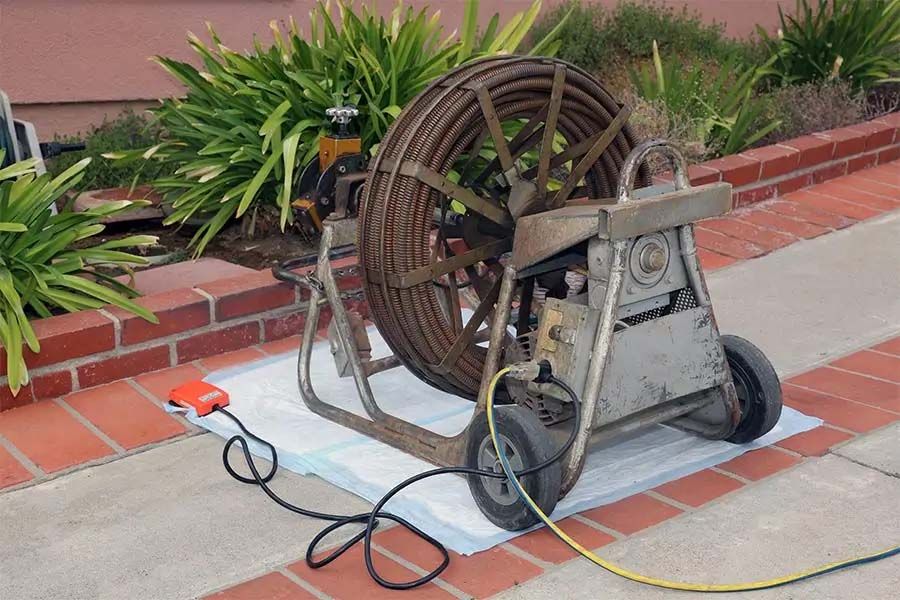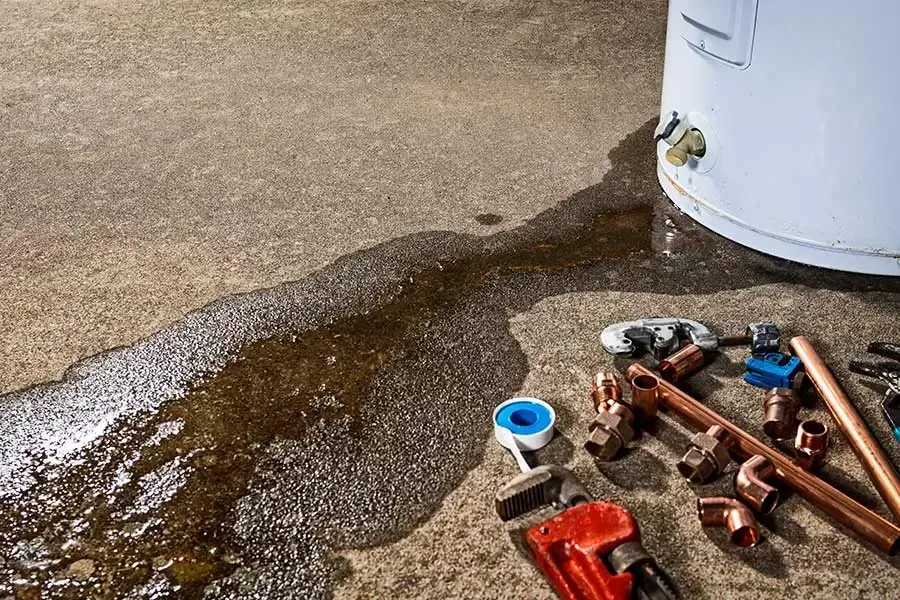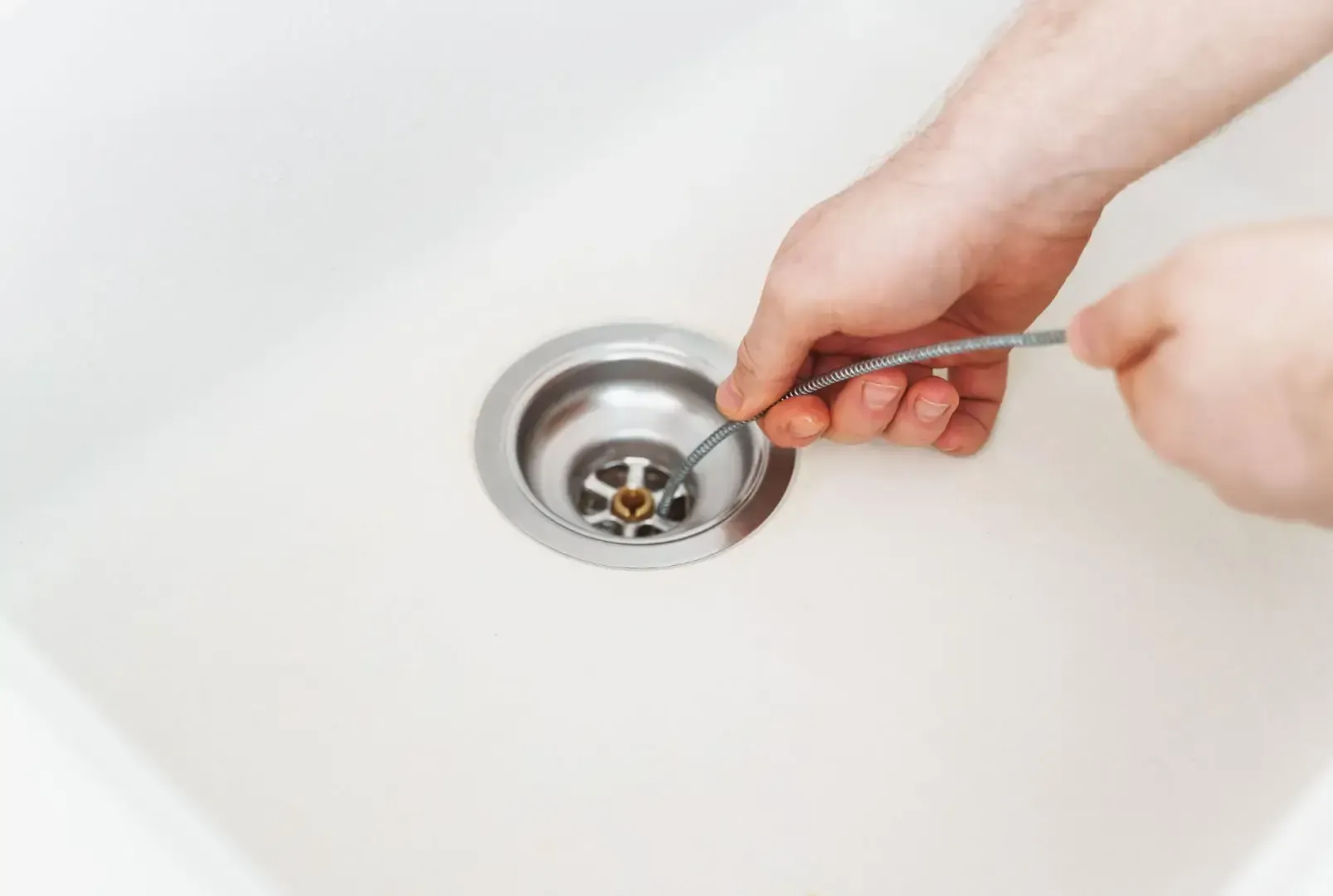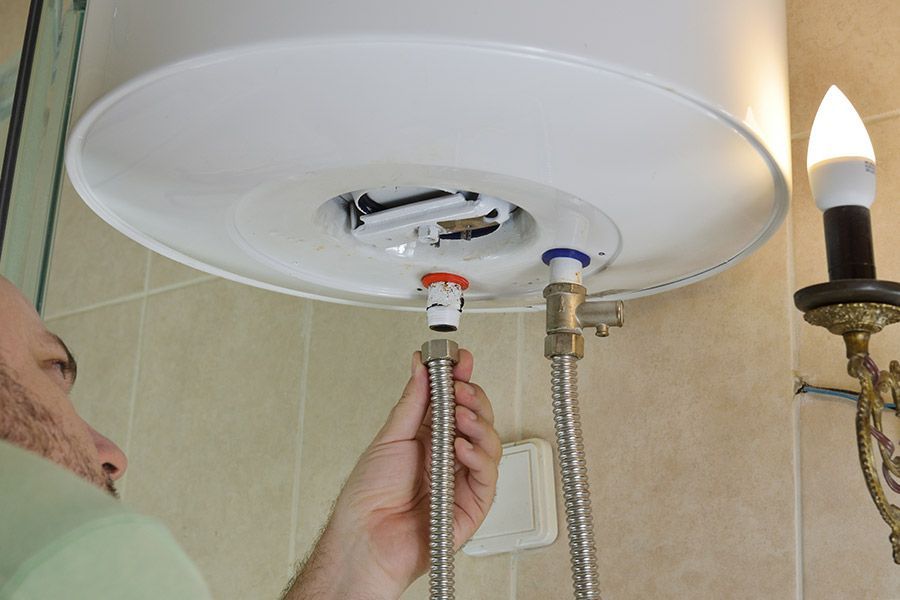Grease Trap for Home: When To Replace
Unsure when to replace your grease trap? Call Formica Plumbing and Sewer Co. at (440) 485-3850 for answers to your questions.
While many people associate grease traps with restaurants or food-related businesses, residential homes can also have them. Using a grease trap ensures that cooking oils, melted fat, and other food grease don't end up clogging your sewer lines or drain pipes. This reduces the chance of a backed-up drain or sewage system.
Caring for the grease trap for your home keeps it functioning well and lasting longer. However, all parts of your home need replacing after a certain amount of wear and tear, and grease traps are no exception. Learn about residential grease traps, how to know when to replace them, and which plumbing contractor in University Heights can best help you with your grease trap maintenance, repair, and replacement.
What Is a Grease Trap?
A grease trap catches fat, oils, and grease from your kitchen wastewater and keeps them from reaching your septic or sewer system. Since these food wastes float on water instead of sinking, your grease trap skims them out and allows regular water to pass through your plumbing without potential blockages. Most grease traps reside directly below your kitchen drain, but the grease trap may live outside if you have multiple sinks.
Residential grease traps offer many benefits, including:
Prolonged Pipe Life
Your drain lines get used every day, especially if you cook frequently. A grease trap reduces the number of fats, oils, and grease that pass through your pipes. Without these in your pipes, you lower the risk of clogged lines and other plumbing problems in the kitchen.
Easy Cleaning
Grease traps require regular maintenance to keep them in top condition, but they clean up easily. Some grease traps require hands-on cleaning, while others, especially those with deep tanks, may need pumping. While you can perform regular cleanings yourself, a plumbing professional can help you ensure you keep a regular maintenance schedule and can catch potential problems before they occur.
Environmentally Safe
Fats, oils, and grease from cooking can harm plants and wildlife if they get into the groundwater. A grease trap keeps these pollutants from leaking into the ground or nearby water sources. You also help reduce the grease that enters your neighborhood sewer, lowering the chance of a sewage backup in your community.
When Should I Replace My Grease Trap?
Home cooks often use hot water while straining food or rinsing fat and oil off dishes, knowing that the heat will keep the grease moving and not allow it to solidify in your sink. Even with this method, your grease trap continues to work, separating that grease from your kitchen wastewater. Over time, grease traps need maintenance, but certain tell-tale signs tell you when to replace the grease trap for your home.
Some ways to know that you need to replace your residential grease trap include:
Grease Trap Age
Many older grease traps have a metal structure that begins to fail after seven years. If you have a metal grease trap and don't know its age, a professional can help you pinpoint when you need to replace it. Modern-day grease traps have plastic components that resist rust and corrosion, making them last much longer.
Blocked Pipes
When pipes clog up due to a malfunctioning grease trap, food waste overflows from the compartments and blocks drain pipes. Wastewater may begin backing up into your drains, posing a health hazard and requiring immediate plumbing attention.
Smelly Drains
Grease trap issues may lead to foul odors coming from your drains. The scent often smells like sulfur, a typical gas byproduct organic matter produces as it breaks down in your grease trap's tank. If you can smell the interior of your grease trap, it may need maintenance or complete replacement.
Leaky Grease Trap
Over time, your grease trap builds up a collection of fats, oils, and grease. If you notice these leaking out of your trap, you may need to clean it thoroughly or contact a professional to repair or replace the trap.
Increased Cleaning
Grease traps need periodical cleaning, but if you notice the cleanings happening closer together, your grease trap may need a replacement.
What To Do If Your Grease Trap Needs a Replacement
If you worry that you need to replace your grease trap, first try performing routine maintenance. Cleaning your grease trap out often removes common problems like foul odors, slow-moving drains, and leaks. Steps to clean out your grease trap include:
- Pumping the trap
- Scooping out any remaining grease
- Cleaning the separate components
- Observing the grease trap's performance
When you know that you need a new grease trap, consult a professional plumbing service to help you determine the right trap for your home. Some factors to consider when choosing a new grease trap include the following:
- How often you cook
- What types of food you cook often
- How many sinks you use
- The space you have for your grease trap
- The capacity of your trap's tank
- Grease trap durability
- The availability of replacement parts
- Price point and installation cost
- The level of maintenance required for your new grease trap
After you choose the best grease trap for your home, an expert plumbing service can install the trap for you while complying with local environmental and building codes. Once they've installed it, your plumbers can assist you in regular maintenance, perform future repairs, and guide you in caring for your grease trap on your own.
Replace Your Grease Trap With the Best Plumbing Service in University Heights, OH
If you need to maintain, repair, or replace the grease trap for your home, Formica Plumbing and Sewer Co. provides you with expert plumbers and reliable grease trap service. As the area's top choice for plumbing services, we can do everything from replacing your grease trap to performing the installation and repair of kitchen sinks. Call (440) 485-3850 for quick, professional plumbing service in University Heights, OH.
